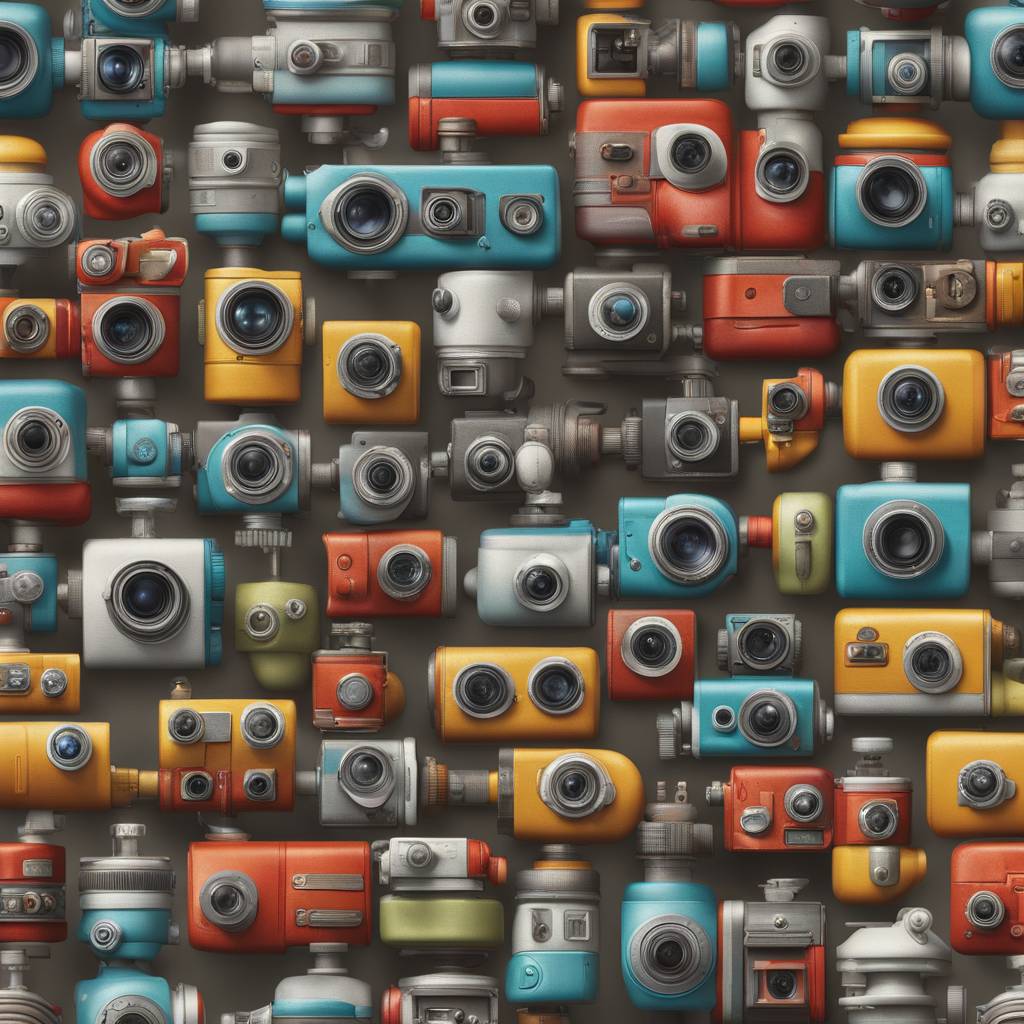Researchers at the Australian Centre for Robotics at the University of Sydney and the Centre for Robotics at Queensland University of Technology have developed a new approach to designing cameras that process and scramble visual information before it is digitized. This approach aims to restore privacy in smart devices that use vision to interact with their surroundings. These devices, part of the internet-of-things, are at risk of being hacked or having their images stolen by third parties. By distorting images to the point of anonymity, the researchers have created a system that allows robots to complete their tasks without compromising privacy.
Adam Taras, who completed the research as part of his Honours thesis, emphasized the importance of protecting privacy as smart devices become more prevalent in our homes and workplaces. These devices may not require the same type of visual access to a scene as humans do, relying on other visual signals like color and pattern recognition. The new approach developed by the researchers separates the processing that normally happens inside a computer within the optics and analogue electronics of the camera, making it more secure against attacks. This innovation goes beyond previous methods of obfuscating images inside the camera’s computer, providing a higher level of protection.
The researchers have put their approach to the test by attempting to hack their method but were unable to reconstruct the images in a recognizable format. They have invited others in the research community to take on this challenge and try to break their system. This system ensures that if images were to be accessed by a third party, they would not be able to decipher them, thereby preserving privacy. With the rise of devices equipped with built-in cameras and potential future technologies like delivery drones, privacy concerns have become more prominent. It is crucial to keep confidential information captured by these devices from leaking onto the dark web or being misused in any way.
This approach not only addresses privacy concerns in everyday settings but can also be implemented in places where security and privacy are paramount, such as warehouses, hospitals, factories, schools, and airports. The researchers aim to develop physical camera prototypes to demonstrate the practical application of their approach. The technology could potentially enhance the adoption of robotics in various applications of societal and economic significance by addressing the legitimate privacy concerns of end-users. Cameras in robots serve as their eyes, providing crucial information about their surroundings. However, it is essential to prevent the leakage of images from these cameras to protect the privacy and intimacy of individuals and objects in the robot’s environment.
Overall, the new approach to designing cameras by the Australian Centre for Robotics and the Centre for Robotics at Queensland University of Technology offers a solution to the privacy concerns associated with smart devices that use vision to interact with the world. By distorting images to the point of anonymity, the system allows robots to function effectively without compromising the privacy of individuals. This innovation could have implications in various settings, from homes and workplaces to warehouses and hospitals, where privacy and security are paramount. Through their research, the team has demonstrated a commitment to safeguarding privacy in an increasingly interconnected world where smart devices play a prominent role.













